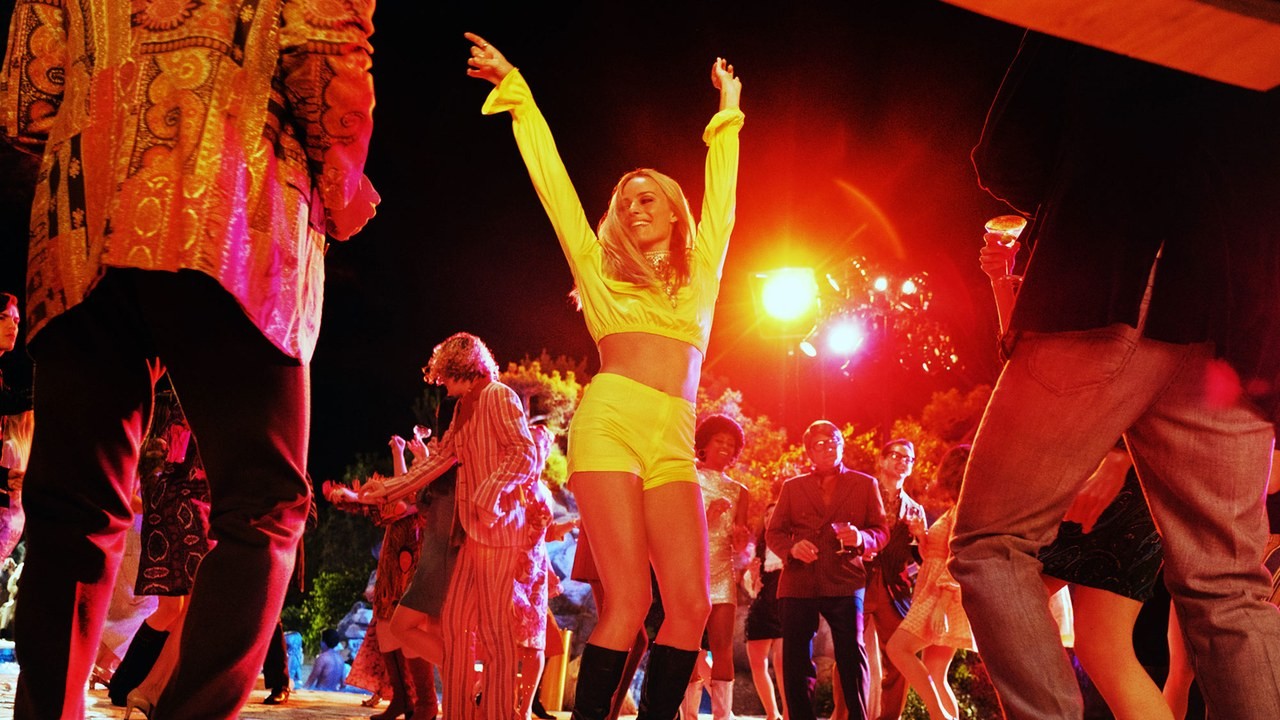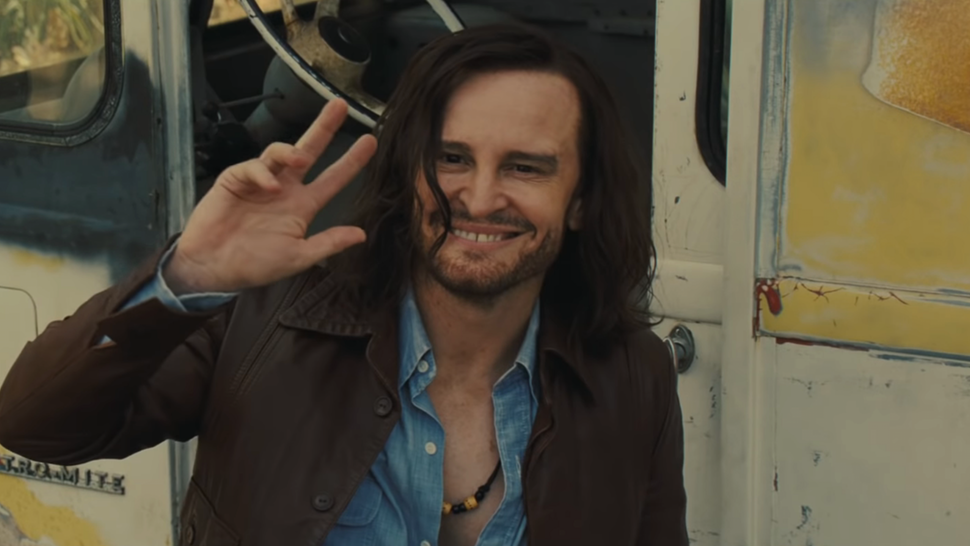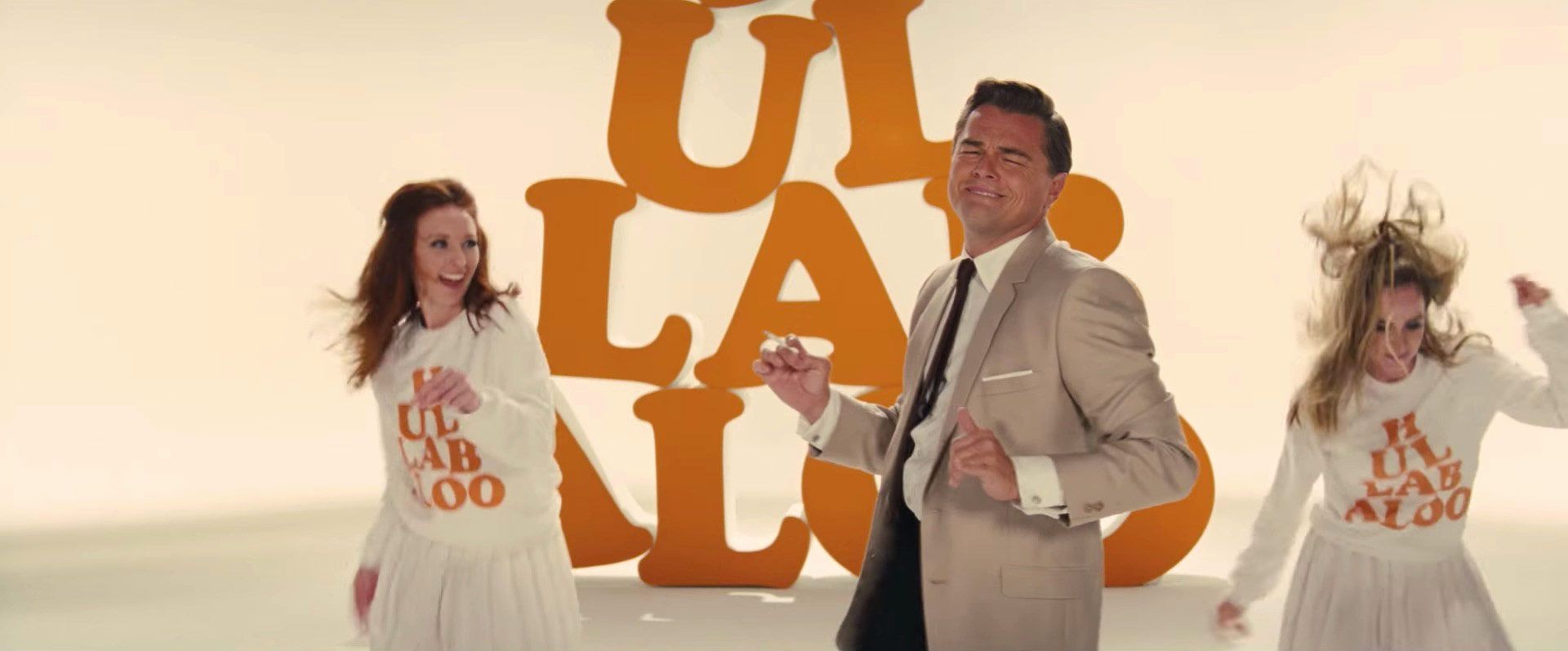
Margot Robbie as Sharon Tate in Once Upon A Time In Hollywood
About three-quarters of the way through Quentin Tarantino’s Once Upon a Time in Hollywood, “California Dreaming” floats to the top of the soundtrack. But even though, at this point, we’ve already smoked a joint with Michelle Phillips (Rebecca Rittenhouse), it’s not the version of the song that made the Mamas and the Papas into household names. Instead, it’s José Feliciano’s impassioned, flamenco-inflected cover. The wistful song about homesickness, swaddled in superfluous organ and string, is twisted to add to the mounting sense of dread. This is August 1969, and Charles Manson is about to bring the Swinging ’60s party to an end. “I suppose everything had changed, and nothing had,” wrote Joan Didion of the days that followed the shocking, ritualistic murders of Sharon Tate and six others.
When the Weinstein Company collapsed, and disgraced producer Harvey Weinstein’s most significant discovery announced he was on the market for a new studio with a movie about the Manson Family murders, the creeping dread and sudden, searing violence is what everyone envisioned. I sincerely doubt that the winners of the ensuing bidding war — Harry Potter producer David Heyman and Columbia Pictures/Sony — expected to get a $90-million buddy comedy. And yet, this is what they got, and they should be glad.
Once Upon a Time in Hollywood is something Tarantino hasn’t been in a long time—fun. If that seems like a strange thing to say about a film centered on the gruesome cult murder of seven people, that’s because it’s not really what the film is about. Or rather, this sprawling work is not solely about Manson, but about the context that produced him. As Family member Leslie Van Houton (Victoria Pedretti) points out, they were the first generation to grow up watching people murder other people on TV for fun.

Leonardo Dicaprio as Rick Dalton and Brad Pitt as Cliff Booth
Two of the people intimately involved in creating those fake, televised murders are Rick Dalton (Leonardo DiCaprio) and Cliff Booth (Brad Pitt). Dalton is the former star of Bounty Law, a popular Western series that ran on NBC in the late ’50s, early ’60s. Booth was his stunt double on the show, and now his best friend/retainer. To reference another true crime sensation, he’a kind of a Kato Kaelin figure.
During a meeting with producer Marvin Schwarz (Al Pacino), Dalton is forced into the crushing realization that his career is on the downswing. Tarantino, with his simultaneous mastery of cinema forms and willingness to remix them, tells the story of Dalton’s career with a combination of voice-over (courtesy of Kurt Russell), flashbacks, and archival clips from fictional shows and movies. You might think a film that was initially billed as Tarantino’s take on Helter Skelter would resemble the director’s only literary adaptation, Jackie Brown, but it feels more like Grindhouse, the 2007 exploitation pastiche he co-directed with Robert Rodriguez.

Damon Herriman as Charles Manson
Dalton lives in the Hollywood Hills on Cielo Drive, right next door to Roman Polanski (Rafal Zawierucha) and his wife, Sharon Tate (Margot Robbie). Polanski, coming off Rosemary’s Baby, is the hottest director in Hollywood. Dalton, part of the older generation New Hollywood types like Polanski are making obsolete, wishes he could get an audition with his new neighbor. But he’s not even on their radar as they power around town in Polanski’s MG roadster on their way to parties with Steve McQueen (Damien Lewis), blissfully unaware they’re living in a doomed world, and the hammer is about to fall.
Tarantino’s post-modernism is, as always, a double-edged sword. Jackie Brown is the director’s most disciplined and most emotionally resonant work. Grindhouse is a carnival funhouse. Both have their place, of course, but the latter is certainly shallower.

Where Once Upon a Time in Hollywood redeems itself is in the depths of the performances. The casting is fantastic. Lena Dunham nails Gypsy, one of the Manson cult leaders. Dakota Fanning plays Squeaky Fromme with ice water in her veins. Nicholas Hammond, a Hollywood journeyman who played one of the Von Trapp kids in The Sound of Music, steals scenes from DiCaprio as a pretentious TV director named Sam Wanamaker. Ten-year-old Julia Butters gives method acting lessons to Dalton in a bravado scene that dances on the fourth wall.
DiCaprio delivers one of the best performances of his career as the washed-up Dalton, all sniffles, limps, and nips from the hip flask. Robbie is radiant as Tate, especially in a sequence where she charms her way into a screening of a Dean Martin movie she’s in and dons giant glasses to watch herself act on the big screen. But it’s Pitt who rises above the rest of the cast in a phenomenally self-aware performance as a guy whose lack of self-awareness is both his greatest asset and biggest handicap. When he picks up a hitchhiker and heads for the Spahn Ranch, where the Family is holed up, Pitt becomes the chill in your spine.

Once Upon a Time in Hollywood is a sprawling mixtape of a movie. It’s long, self-indulgent, and never quite congeals into more than the sum of its parts, at least on first viewing. It could very much use the moderating influence of Pulp Fiction editor Sally Menke, who died in an accident after her Academy Award nomination for Inglourious Basterds But it’s an absolute joy to watch. The production design is impeccable; with the help of legendary special effects designer John Dykstra, Tarantino’s team seamlessly recreates 1969 Los Angeles. It is in turns funny, sad, exhilarating, and horrifying. I’ve called it a comedy, but it really defies genre description. It’s a comedy with a gun to your head, daring you to laugh while you wait for the shot that may or may not come.
Once Upon a Time in Hollywood
